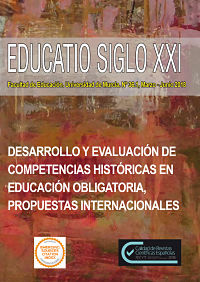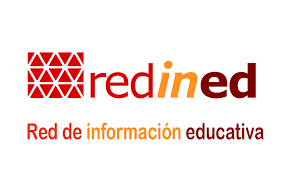The development of children’s understanding of time and historical time: a case study with Portuguese primary students
Abstract
Research in History Education has shown that understanding time is crucial to unders-tand historical thinking and historical time. However, in recent decades the approach to
the development of historical and temporal understandings of time by children has been
a very controversial area of research. This article presents, in a first part, an extensive and
updated literature review related to history teaching that tends to highlight the relevance
of temporal understanding and time concepts for the development of children’s historical
thinking. The second part reports the findings of a longitudinal and interpretative case
study with primary school children’s understanding of time and historical time. The re-
search involved two classes of primary school students (1st grade with 24 students aged
6-7 and 3rd grade with 25 students aged 8-9) during two school academic years in an
urban primary school in Northern Portugal. At three different times during the study the
students were asked to arrange historical pictures (about families) in chronological order
and explain their arrangements. For data collection a semi-structured interview was
applied to identify changes in the explanations given by students and in the understan-
ding of historical time before and after one year of instructional intervention. The results
show the students improved their temporal competences at a chronological level, their
temporal reasoning and also their understanding of the idea of change.
Downloads
-
Abstract449
-
PDF (Español (España))572
Original work publishes in this journal is subject to the following terms:
1. Murcia University Press (the publishing house) holds the copyright of the publishes work, and favours and allows their reutilization under the use license stated in point 2.
© Servicio de Publicaciones, Universidad de Murcia, 2015
2. Work is published in the electronic edition under a license (Creative Commons Reconocimiento-NoComercial-SinObraDerivada 4.0 España (legal text). They can be copied, used, disseminated, transmitted and publicly presented, as long as: i) authorship and original publication source is acknowledged (journal, publishing house and URL of the work); ii) are not used for commercial purposes; iii) the existence and specifications of this use license is stated.
3. Conditions for self-archive. Authors are allowed and encouraged to disseminate electronically the pre-pint (before review) and/or post-print (accepted for publication) versions of their work before their publication since that favours earlier circulation and dissemination resulting in an increased chance for the authors to be cited and for the work to reach a bigger share of the academic community. Colour: RoMEO: green.








